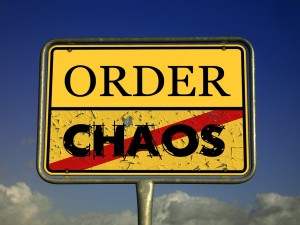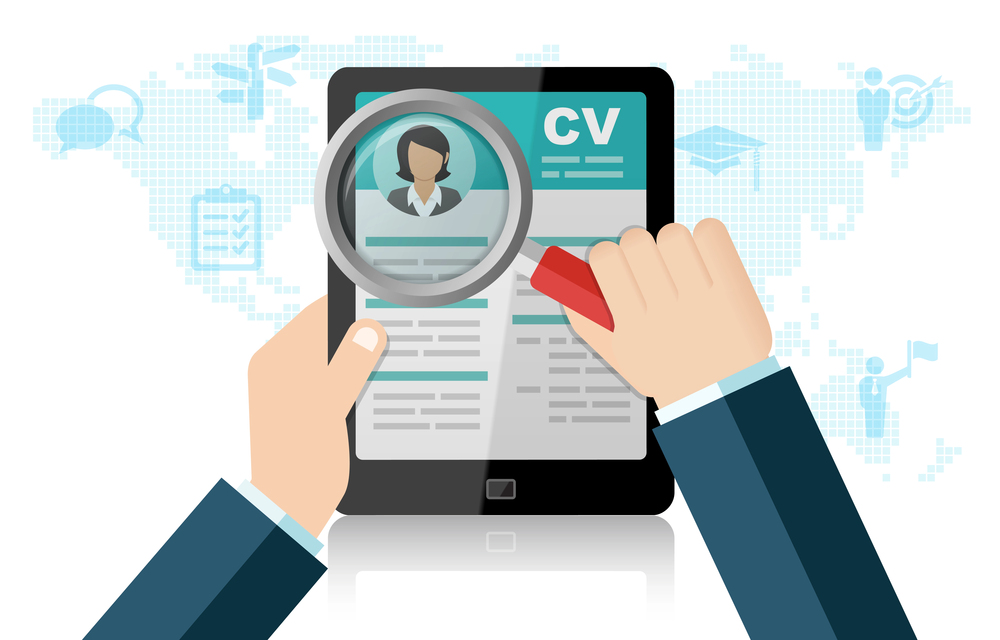A 7-Step Plan for a Better Home-Based Workspace
By Karen Fritscher-Porter
 Are you immobilized by clutter in your home office? Clutter costs you money. You buy duplicate items when you can’t find existing ones. You lose important project information and thus customers’ confidence. You spend labor hours looking for your stuff, perhaps missing work-related deadlines. Here’s a solution — a seven-step plan to organize your office in one day.
Are you immobilized by clutter in your home office? Clutter costs you money. You buy duplicate items when you can’t find existing ones. You lose important project information and thus customers’ confidence. You spend labor hours looking for your stuff, perhaps missing work-related deadlines. Here’s a solution — a seven-step plan to organize your office in one day.
Step 1. Relocate Irrelevant Items
Your home office is not a catch-all for your craft supplies, your children’s toys, and other irrelevant objects that migrate into it. Whether or not you have visitors into your home office, you want an office that exudes professionalism. Only then will you find your home office space to be both organized and motivating—both factors that’ll enable you to work more efficiently.
ACTION: Load an empty cardboard box with all of the items currently in your office space that don’t belong there and put the box in the garage. Sort through this box on your day off.
TIME TO ALLOT TO THIS TASK: 15 minutes
Step 2. Sort and Cluster Loose Items
Everything should have a home in your office and that home isn’t the floor, leaning against a wall, in strategically placed piles, or tossed haphazardly on chairs or in boxes.
ACTION: Clear a spot on your desk, work table, or the middle of the floor. Collect every loose item from your floor, desk, windowsill, or elsewhere. Sort and group these items into broad niche categories such as “books,” “office supplies,” and “paperwork.”
TIME TO ALLOT TO THIS TASK: 15 minutes
Step 3: Sort and Cluster Hidden Items
Now dig deeper into your home office crevices such as the drawers, closets, cubby holes, and shelves. You probably have more disorganized piles within these hidden storage areas.
ACTION: Add all the loose items from your drawers, shelves, and other nooks and crannies in your office to the broad category piles that you created in step two. You can exclude files that are already in file cabinets from this task (but not loose files).
TIME TO ALLOT TO THIS TASK: 15 minutes
Step 4: Discard the Obvious Trash
Every item in your office should serve a purpose, whether it’s a file that you need for an ongoing project or a tape or CD you listen to for motivation or professional development purposes twice a year. Now it’s time to take out the trash.
ACTION: Get two large cardboard boxes: Designate one “trash.” Label the second one “shred.” Do a cursory glance over your broad niche category piles. Put any item that doesn’t have purpose into one of these two boxes. Obviously, shred is where you put any paperwork that was and still is for your eyes only.
TIME TO ALLOT TO THIS TASK: 15 minutes
Step 5. Sort and Narrow Your Piles
In order to determine where you’re going to place items in your office, you need to know what you have and how much of it. You need to know how much because you need to know what shape and size space you’ll need to locate the items to.
ACTION: Pick any pile to start with. Let’s say you’re picking the pile of “books.” Sort these books into smaller niche categories and/or into the trash box. These smaller niche categories could be “professional development,” “project xyz research,” “writing advice,” “marketing advice,” etc. Continue sorting and narrowing each broad category pile.
TIME TO ALLOT TO THIS TASK: 10 seconds per item
Step 6. View Your Categorized Niche Files
You can now see what size compartment, box, cabinet, or shelf is needed to hold each niche category. If you have a small office, you may want to consider sorting your piles one step further.
ACTION: Split the items into “active” and “inactive” or “archive” items. This latter category can include duplicate items that need to be stored (e.g. three extra staplers). Keep the “active” items handy in your home office. Consider alternate storage space for the “inactive” or “archive” items such as the garage, an unused closet space, etc. These are items you’ll only need to gain access to a few times a year if that.
TIME TO ALLOT TO THIS TASK: 10 minutes
Step 7. Give Items a Permanent Location
The best way to find items the moment you need them is twofold: 1.) Always locate items in the same spot; 2). cluster items that have like uses or complement each other’s use. When you want a book, you should only think of one spot in your office. The same goes for paper, audio supplies, etc.
ACTION: Put items that need to be within arms-reach daily on or near your desk in containers, sorters and other organizers. This would probably be your computer, printer, paper, envelopes, one set of daily office supplies such as a stapler, tape dispenser, and jar of pens/pencils (extras can go into drawers or storage closets), and so forth. You can keep a small set of reference books you refer to daily on your desktop. The remaining books go on a shelf or in a single storage cabinet.
Put all of your CDs sorted by author/artist in a holder on a hanging wall shelf near the CD player. Put all paper in stackable paper trays on a shelf (sorted by colors, size, etc.). Put all size envelopes (#10, overnight, etc., plus mailing labels) in a vertical sorter on a shelf near the paper. Put your loose file folders either in “active” places like desktop tickler file systems or portable mobile under-the-desk storage carts or in file cabinets (Get a good book on “filing systems” if you can’t find your files within your file cabinets.).
TIME TO ALLOT TO THIS TASK: 60 minutes (more if you need to buy organizers)
If you don’t have the appropriate storage organizers or furnishings, buy some. Don’t spread your books into three different locations again across your office because your two-shelf bookcase is inadequate. Buy a five shelf bookcase to put in its place (You can find ordinary ones as lows as $35.). CD’s don’t fit in your one little holder? Get a bigger one. Don’t have a desktop sorter for holding your desktop tickler files? Get one. You don’t have to spend more than $200 for these appropriate size “organizers” that save you money and time ultimately. Think function, not fancy, when shopping.
Also don’t make the mistake of decorating your office with your functional work-related items. For instance, you can spread decorative office decor accent pieces around your office later for beauty (e.g. photos, knick-knacks), not your reference books. That’s disarray, not decorative. Make minor organizational adjustments to your office ongoing, if needed. HBM
Find a Home-Based Business to Start-Up >>> Hundreds of Business Listings.














































